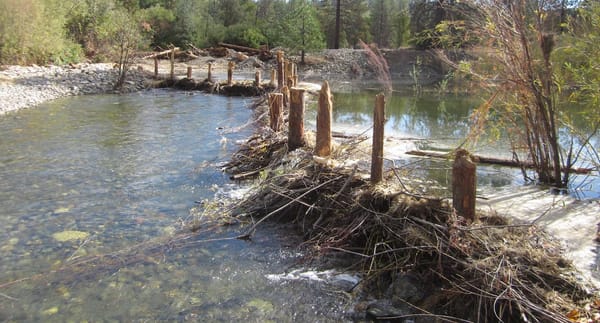The widespread use of animal poisons for wildlife “management” goes back to at least 1835 with the invention of strychnine. For about 180 years now wolves, coyotes, foxes, badgers, cougar, bear, bobcats, prairie dogs, birds, insects, fish and plants to name a few have been increasingly subjected to these poisons.
